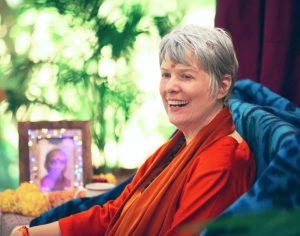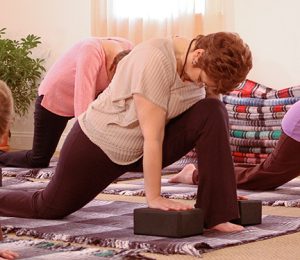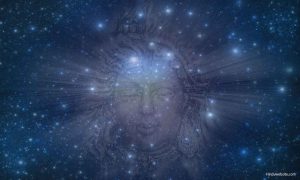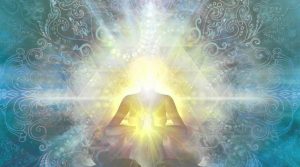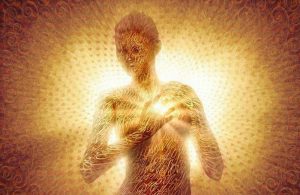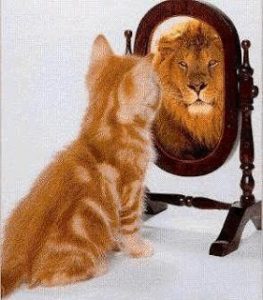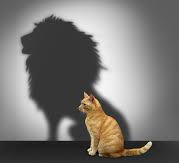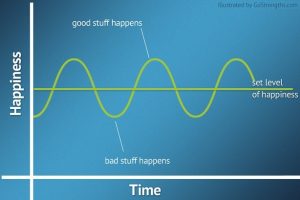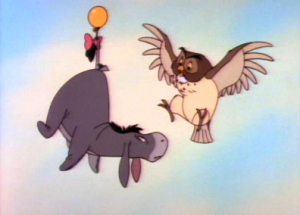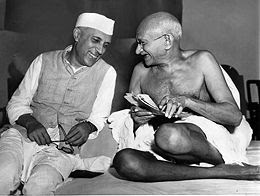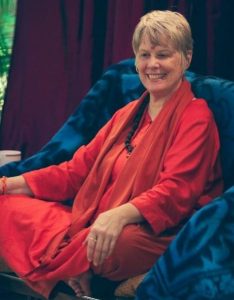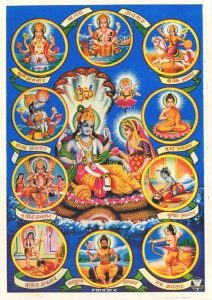It feels so wonderful — lying on your back in that wonderfully padded, well-supported deep relaxation, with someone guiding you through the process of becoming aware of your body. “Sha-vaa-sa-na,” even the word is such a beautiful sound.
Well described as yoga’s Relaxation Pose, Shavasana is a profound yoga practice that is especially important to those living our crazy modern lifestyle. The frenetic pace and the pressures create a residue of exhaustion that you carry around with you, called shrama in Sanskrit. When you first discover Shavasana, it provides you with a deeply restful relaxation. If that were the only thing that Shavasana offered, it would reason to do it every day for the rest of your life! Yet it offers much more.
For a new student, Shavasana is one of the hardest things we ask you to do. You arrive at your first class and have to take off your shoes, which is strange enough. Then your teacher has you lie down on the floor. If there are others already lying down, it is a little easier. But if you came a little early so you could get oriented, you may be the first one to lie down. As your teacher props your knees up on the blanket rolls and adjusts you into the pose, you discover a whole new level of comfort and ease. You probably don’t even notice that other people are walking around you while they get themselves set up in a similar way.
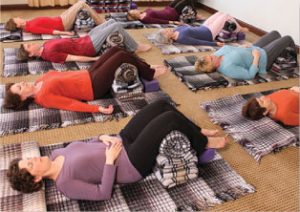 If you have done other styles of yoga, you have done Shavasana without any blanket rolls under your knees. It is still a wonderful pose. In Svaroopa® yoga, we use the props in order to provide support to the tight areas in your body. With support, you always get a deeper release. Shavasana provides a relaxation that seeps into your core. The blanket rolls are not there to support your legs; we lift your knees in order to support your spine, specifically to lower the vertebrae at the back of your waist onto the floor. You may also need a little cushion under your head in order to level your forehead and chin. This does two things for you: (1) it takes pressure off your neck; and (2) it quiets your mind. When your head is tipped, your mind continues to race.
If you have done other styles of yoga, you have done Shavasana without any blanket rolls under your knees. It is still a wonderful pose. In Svaroopa® yoga, we use the props in order to provide support to the tight areas in your body. With support, you always get a deeper release. Shavasana provides a relaxation that seeps into your core. The blanket rolls are not there to support your legs; we lift your knees in order to support your spine, specifically to lower the vertebrae at the back of your waist onto the floor. You may also need a little cushion under your head in order to level your forehead and chin. This does two things for you: (1) it takes pressure off your neck; and (2) it quiets your mind. When your head is tipped, your mind continues to race.
You may think that Shavasana is chance for a nice nap, but what you are experiencing is not sleep. Though in the beginning you may hear every word of the Guided Awareness, that soon changes. As your teacher starts, beginning at your toes, there is a point where you stop hearing her/him. Then, when the Guided Awareness ends, you begin moving when your teacher describes the next pose. Where were you? You didn’t hear all the words, and you thought you were asleep, but you were able to move when your teacher said to do so.
The whole purpose of Shavasana is to open the doorway to the inner dimensions of your own being. Because of shrama, the collected fatigue, your experience of Shavasana is like a nap — in the beginning. Still, it is not sleep. As you develop your yoga practice, you become able to discern the difference between sleep and this deep inner rest. In Shavasana, the restful state is less heavy than sleep. Afterward you feel more profoundly refreshed than after a full night of sleep. It is called yoga nidra, a yogic state of deep rest, and may even deepen into tandraloka, an immersion into the inner realm of Consciousness-Itself.
If your mind is active when you first lie down, the process of becoming progressively aware of each area of your body will calm and settle your mind. This is an interweaving, like the threads on a loom, that brings your mind back into your body. Too much of the time, your mind is fragmented into small bits, scattered all over the cosmos. Weaving your mind back into your body is very good for your mind, and it is very good for your body. Your body feels abandoned when your mind is elsewhere. You have so many creative ways to be somewhere else. You can be thinking about a place or a person. Or you can be reviewing the past, often accompanied by regrets or recriminations. Often, you are projecting into the future with desires or worries. When your mind is elsewhere, you are actually gone; your body notices. A body with no one in it is called a corpse. In fact, Shavasana is a Sanskrit word meaning “Corpse Pose. ‘
 There is a difference between your body and the corpse that it will one day be — there is someone living in it. The Guided Awareness brings you back into your own body and your body comes alive again. You may even feel the enlivening it as it happens, tingles of aliveness wherever your awareness is directed to, or maybe a growing warmth or a feeling of coolness. Some areas of your body are hard for you to be aware of because they are tight and dense, like that proverbial corpse. Shavasana alone may not be enough to re-enliven these areas. All of the other asanas (poses) help unravel the deep tensions that limit your ability to be fully alive and fully embodied. Shavasana is the mother of all the other asanas. They all arise out of Shavasana and they all lead you back to Shavasana; they all prepare you to discover what Shavasana really offers.
There is a difference between your body and the corpse that it will one day be — there is someone living in it. The Guided Awareness brings you back into your own body and your body comes alive again. You may even feel the enlivening it as it happens, tingles of aliveness wherever your awareness is directed to, or maybe a growing warmth or a feeling of coolness. Some areas of your body are hard for you to be aware of because they are tight and dense, like that proverbial corpse. Shavasana alone may not be enough to re-enliven these areas. All of the other asanas (poses) help unravel the deep tensions that limit your ability to be fully alive and fully embodied. Shavasana is the mother of all the other asanas. They all arise out of Shavasana and they all lead you back to Shavasana; they all prepare you to discover what Shavasana really offers.
Shavasana is the first pose you learn, yet it is the last one you master. Every class begins with it, so it is your first yoga pose. Every class begins and ends with Shavasana because it is such an important pose. Stages of mastery unfold as you become more embodied and more able to be aware:
- Relaxation — even if your mind was still active at the beginning, at the end you feel more peaceful and your body is more relaxed. This may be a new feeling!
- Sleep —“Are you sure that I wasn’t sleeping?” If your head turns to the side, you may have actually gone to sleep, but otherwise it is yoga nidra or tandraloka.
- Meditation — though you get more out of meditation in a seated pose, sometimes Shavasana propels you past your mind into the vast inner recesses of your own Being. How wonderful!
- Embodied Consciousness — the interwoven reality, your body is a physical expression of the One Reality, which you discover within as your own divine Self.
Shavasana. I come back to the word itself. It is such a beautiful word — the sounds in it are so smooth and soft. Its name conveys a promise — to experience it, all you have to do is more yoga.
